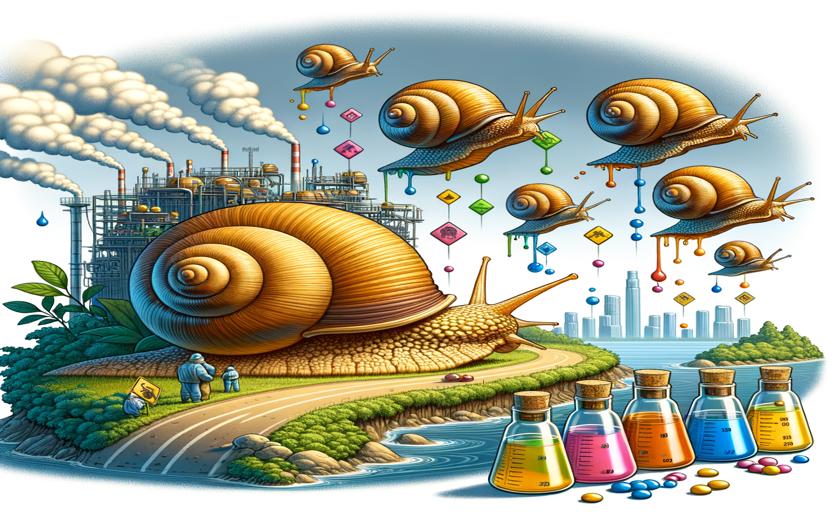
Developing a Strategy to Control Invasive Snails Using Chemicals and Visual Cues
Jim Crocker
21st May, 2024

Image Source: Natural Science News, 2024
Key Findings
- The study by the CSIRO European Laboratory in Australia investigates a new "push-pull" strategy to manage invasive Mediterranean snails
- Red artificial estivation supports were found to be the most attractive to the snails, effectively luring them away from crops
- Garlic extracts were identified as the most effective deterrent, offering a natural and environmentally friendly way to protect crops from snails
EnvironmentEcologyAnimal Science
References
Main Study
1) Toward a push-pull strategy against invasive snails using chemical and visual stimuli.
Published 20th May, 2024
https://doi.org/10.1038/s41598-024-62225-6
Related Studies
2) Can Estivation Preferences Be Used to Develop Novel Management Tools against Invasive Mediterranean Snails?
3) Development of a High-Throughput Laboratory Bioassay for Testing Potential Attractants for Terrestrial Snails and Slugs.
4) Laboratory screening of nematodes isolated from south australia for potential as biocontrol agents of helicid snails.
Journal: Journal of invertebrate pathology, Issue: Vol 74, Issue 1, Jul 1999
5) Biocontrol of Invasive Conical Snails by the Parasitoid Fly Sarcophaga villeneuveana in South Australia 20 Years after Release.



 23rd February, 2024 | Greg Howard
23rd February, 2024 | Greg Howard